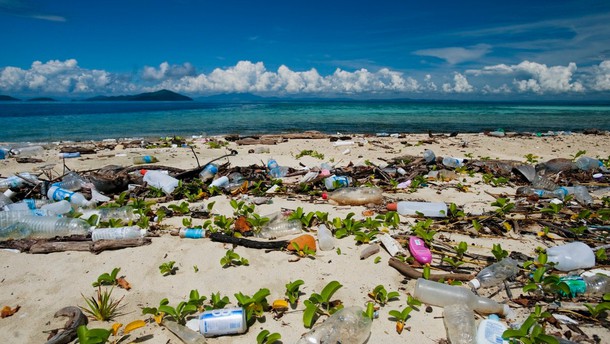

Sad and terrifying, but true. The entire planet needs to do much more than just talk about change, if you don't want your next summer vacation to be remembered by diving into an ocean of plastic. The inevitable environmental disaster is close, according to a new report from the World Economic Forum and the Ellen MacArthur Foundation.
According to the World Economic Forum, plastics have become the ubiquitous workhorse material of the modern economy. There are many benefits, however the way things are in the current plastics economy, it becomes more and more obvious each day that weaknesses outweigh the benefits considerably. In light of projected growth in consumption of plastic products and packaging, oceans are expected to contain more plastics than fish (by weight) by 2050. Will we be able to find innovative ways of fighting this global problem and protect the environment before it is too late?
The report says the first step towards making a change is "rethinking plastics, starting with packaging". Plastics production has skyrocketed over the past 50 years, from 15 million tonnes in 1964 to 311 million tonnes in 2014, and is expected to double again over the next 20 years. At the moment, packaging represents 26% of the total volume of plastics used. One of the problems with plastic packaging is that it's only meant to be used once, then disposed of. A staggering 95% of plastic packaging material value (which equals to $80–120 billion annually) is lost to the economy after a short first use.
Solution is seen in the New Plastics Economy which envisions the future with the kind of plastics that never become waste. Plastics are to "re-enter the economy as valuable technical or biological nutrients". The plan's goal is to create "an effective after-use plastics economy, drastically reducing the leakage of plastics into natural systems (in particular the ocean) and other negative externalities; and decoupling from fossil feedstocks."
Examples of promising technologies for the New Plastics Economy – among others – include separating additives from recovered polymers to increase recyclate purity, recycling multi-material packaging by designing "reversible" adhesives that allow for triggered separation of different material layers, finding a super-polymer that combines functionality and cost with superior after-use properties, sorting plastics by using dye, ink or other additive markers detectable by automated sorting technology or by using automated optical sorting technology to distinguish polymer types, sourcing plastics from carbon in greenhouse gases released by industrial or waste management processes and sourcing plastics from carbon in biomass.
Many of the proposed solutions are still in conceptual or lab stages, with only some of them in pilot stages, so it's not likely we'll see them put into practice very soon.
Until some serious action is taken, we can all do our part... live green, live smart, preserve the planet.


